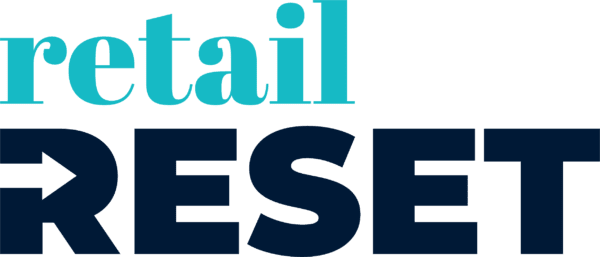As businesses and federal, state and local governments debate the timing for reopening the U.S. economy, Starbucks CEO Kevin Johnson said conditions in some parts of the country are allowing the chain to gradually move into a new “monitor and adapt” phase, in which “we will gradually expand and shift the customer experiences we enable in our stores.”
In a letter to employees, Johnson wrote, “After several weeks of isolation, as many markets around the world have directed people to ‘shelter at home,’ we are beginning to see progress.” He added that “there is evidence many markets have in fact ‘flattened the curve’ and are now beginning to see a decline in the number of new confirmed COVID-19 cases.”
Starbucks has developed a framework for deciding “whether a store can begin to reopen utilizing an appropriate format,” according to Johnson. Noting that dozens of factors are weighed — from public health and government guidance to sentiment in a local community — he said, “not all decisions are financial and, in a crisis like this, they must be secondary to the health and well-being of our partners and customers.”
Starbucks will extend temporary COVID-19 benefits for its U.S. baristas, originally set to expire May 3, through May 30, 2020.
Starbucks’ financials have been impacted significantly by the COVID-19 shutdowns. CNBC reported that U.S. same-store sales declined by 3% in Q1, and “during the last week of March, same-store sales in the company’s home market plummeted by 60% to 70% as only less than half of its company-operated stores were still operating.”
On April 8, Starbucks revealed that it had revised its second-quarter adjusted earnings forecast to a range between $0.28 and $0.32 per share. In Q2 2019, the company had reported adjusted earnings of $0.60 per share.
The pace and scale of the reopenings will be guided by Starbucks’ experience in China, where the outbreak began and where the chain operates more than 4,000 outlets. Starting on January 28 with the shutdown of about half of its locations in China, Starbucks reached peak closures of approximately 80% of its units within weeks. By March 5, according to an 8K filing, “more than 90%” of Starbucks’ Chinese stores had been reopened “in a disciplined and thoughtful manner.” The letter explained the “elevated safety protocols,” that had been used, including reduced hours, limited lobby service, minimal café seating and use of a mobile ordering capability for “contactless” service to avoid direct contact between employees and customers.












